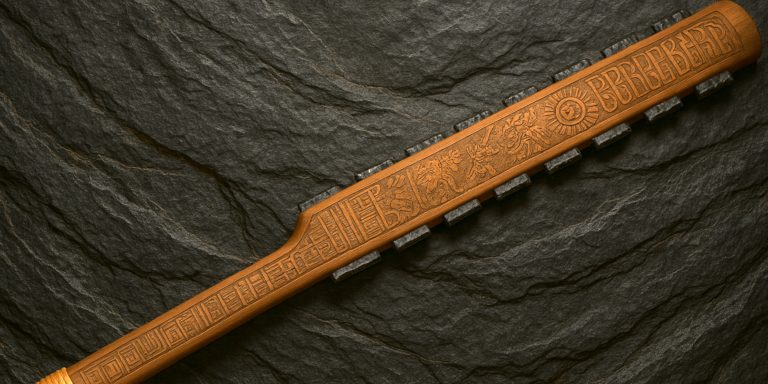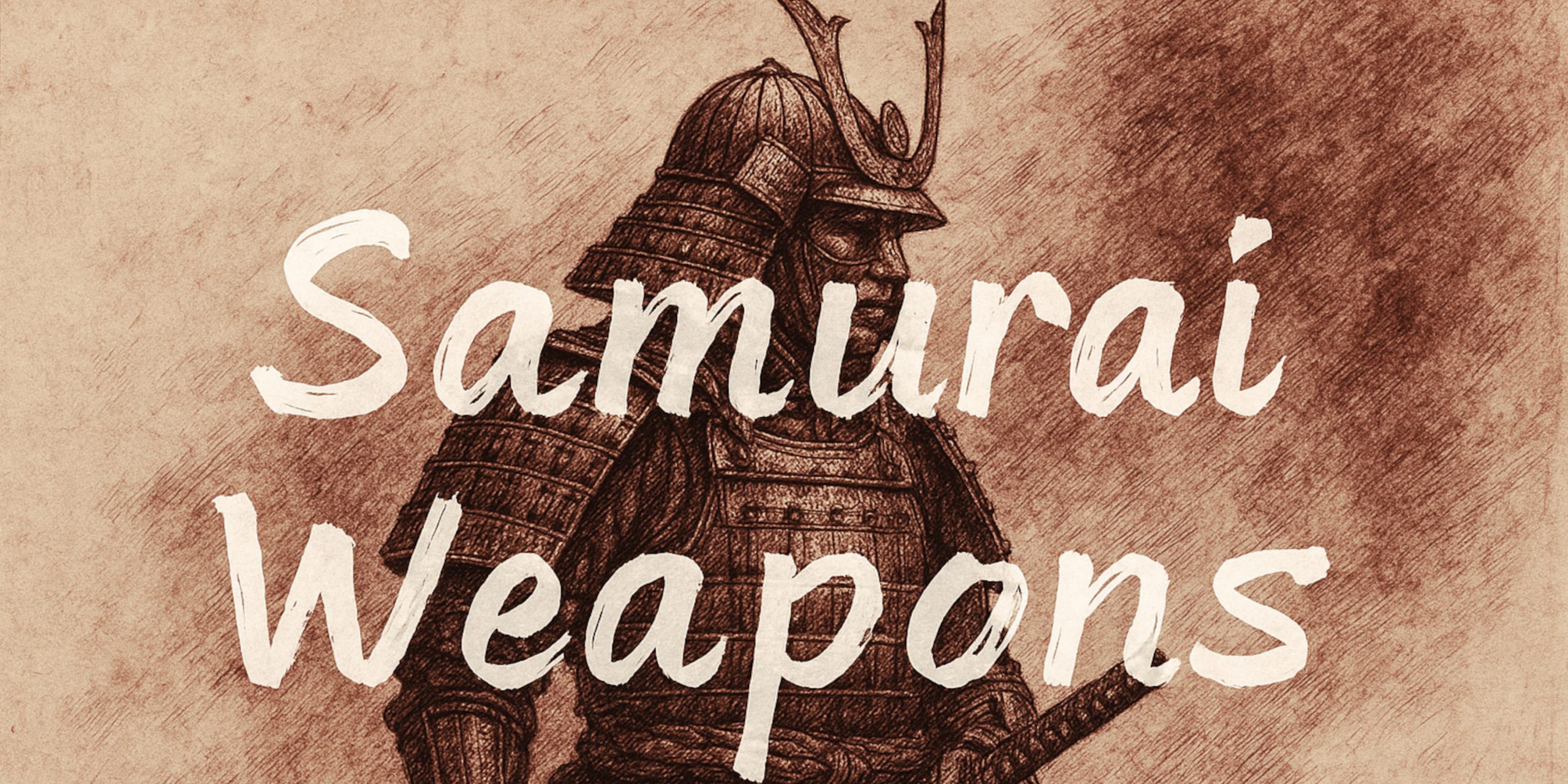
For centuries, the samurai of Japan cultivated a fearsome reputation. They were not merely warriors but products of an entire philosophy of discipline, loyalty, and artistry in violence. Their weapons reflected this duality, exquisite craftsmanship married to the grim practicality of war. Some blades were designed to end a duel in a single motion, others were for close-quarters grappling or battlefield archery. Together, these weapons shaped the legend of the samurai, ensuring that even in peace, the threat of their steel lingered.
The Katana: The Soul of the Samurai
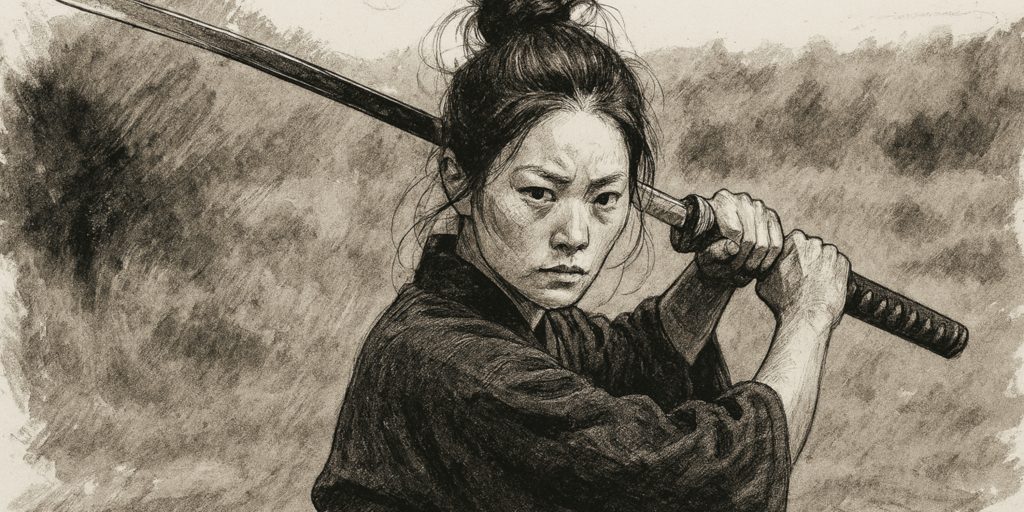
If there is one weapon synonymous with the samurai, it is the katana. Elegant, curved, and lethally sharp, it was far more than a sword, it was a badge of class, an heirloom, and a spiritual companion.
- Length: Around 70–80 cm
- Forged: Folded tamahagane steel for strength and flexibility
- Use: Draw-cutting, slicing, and precision strikes
The katana was ideal for swift, fluid movements. Its curved blade allowed for slicing rather than hacking, making it devastating in one-on-one combat. Samurai often trained for years just to perfect iaijutsu, the art of drawing and striking in a single motion. A master could draw, cut, and sheath the sword before a common soldier had even realised his mistake.
Yet despite its fame, the katana was often a secondary weapon in the chaos of battle. It was personal, ceremonial, and deadly, but seldom the first thing drawn when armies clashed.
The Yari: The Battlefield Spear
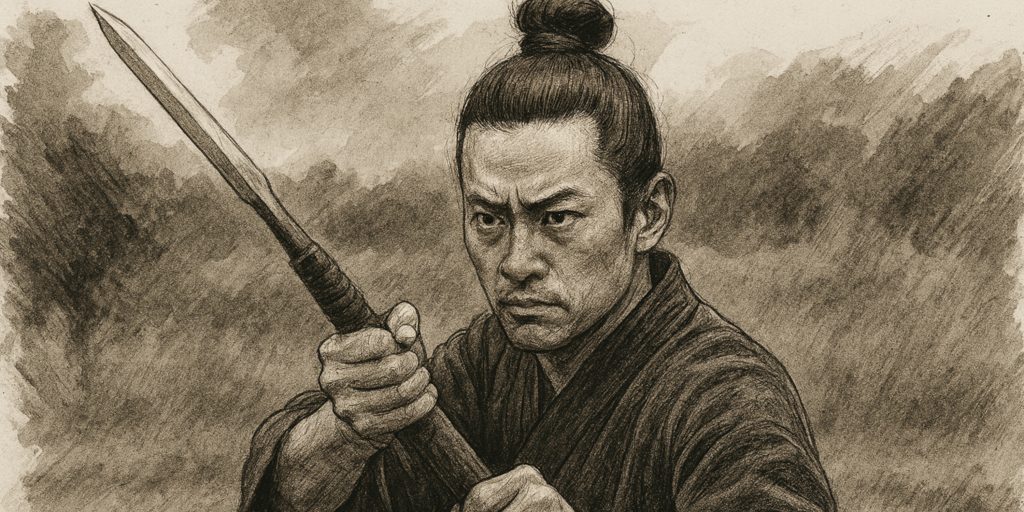
Before the katana ruled the legend, the yari (spear) ruled the battlefield. Its reach and versatility made it indispensable, particularly when fighting from horseback or within tight infantry formations.
- Blade: Straight, double-edged steel
- Shaft: Often over 2 metres in length
- Use: Thrusting, sweeping, and disarming
Yari tactics turned samurai warfare into organised carnage. With ranks of spearmen holding formation, they could pin cavalry charges and drive into enemy lines with precision. It was less glamorous than the sword, but considerably more useful. The samurai’s romanticised duels may have looked good in art, yet it was the yari that truly decided the fate of battles.
The Naginata: The Weapon of Grace and Reach
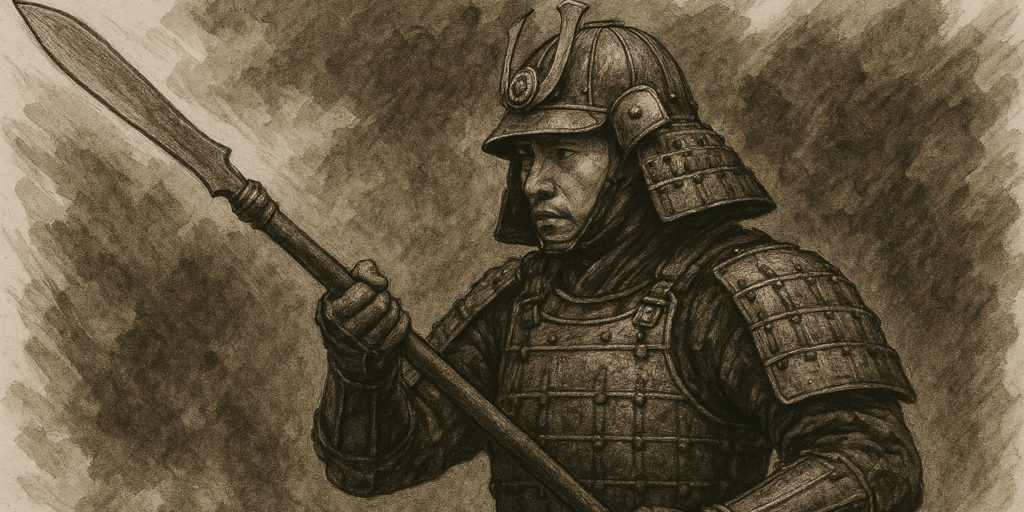
The naginata occupies a special place in Japanese martial history, part spear, part sword, entirely beautiful. With its curved blade on a long wooden shaft, it combined reach with slicing power.
- Blade: Curved like a katana but shorter
- Length: Around 2 metres overall
- Used by: Both samurai and onna-bushi (female warriors)
Naginata were superb for cutting down foot soldiers and holding off multiple attackers. The long reach made them ideal against cavalry, and they offered a certain theatrical elegance when wielded with skill. Samurai wives and daughters were often trained with the naginata to defend their homes, leading to its association with women’s martial arts, but make no mistake, in the right hands, it was a limb-severing monster.
The Wakizashi: The Companion Blade
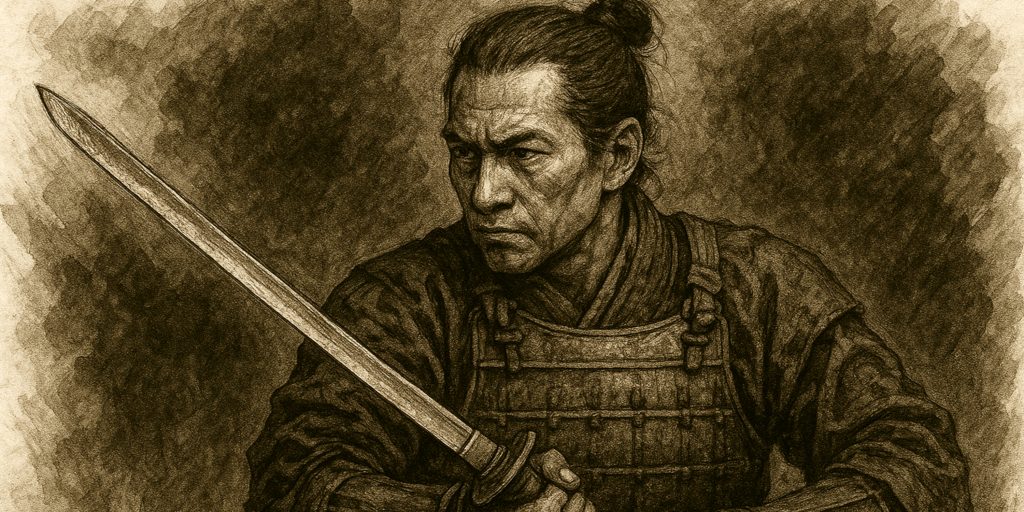
Every samurai carried two swords, the long katana and the shorter wakizashi, together called the daishō, meaning “big-little”. The wakizashi, roughly 30–60 cm in length, was a weapon of last resort, but it was also a symbol of honour.
- Purpose: Close combat, indoor fighting, and ritual suicide (seppuku)
- Status: Worn at all times, even indoors
It was not uncommon for disputes in narrow corridors or palaces to be settled with the wakizashi, where a katana was too long to draw. In some cases, samurai would use it to finish an opponent already wounded by a longer blade. It was personal, intimate, and utterly unforgiving.
The Yumi: The Longbow of the Samurai
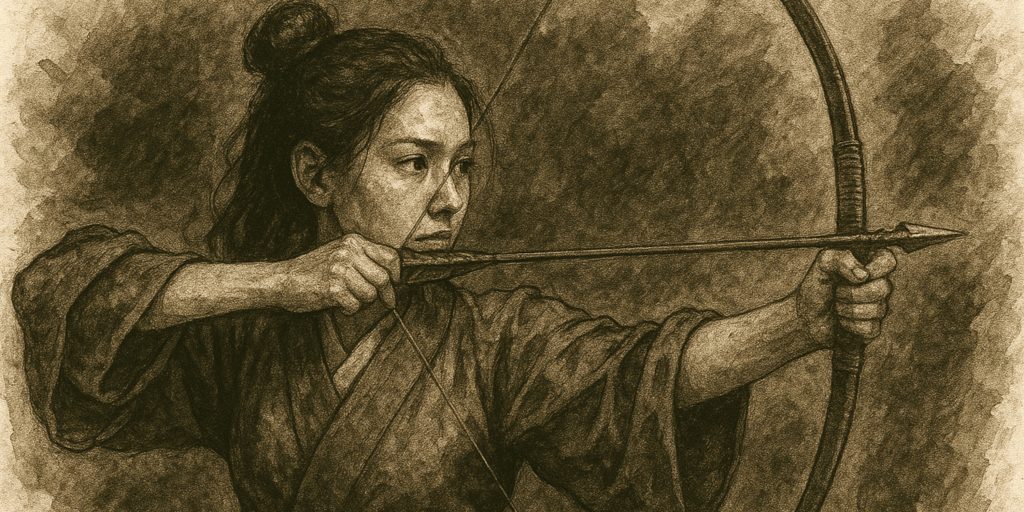
Long before guns entered Japanese warfare, the yumi was the samurai’s pride. Measuring over two metres, the asymmetrical bow was as much a test of patience as it was of strength.
- Material: Laminated bamboo and wood
- Design: Upper limb longer than the lower for mounted use
- Effective range: Up to 300 metres in expert hands
Archery was central to samurai training, and early wars were dominated by mounted archers exchanging arrows before closing in with blades. Samurai duels sometimes began with archery at long range, a sort of medieval prelude to disaster. The yumi’s elegance mirrored the archer’s composure, both serene until the arrow struck.
The Tanegashima: When Gunpowder Arrived
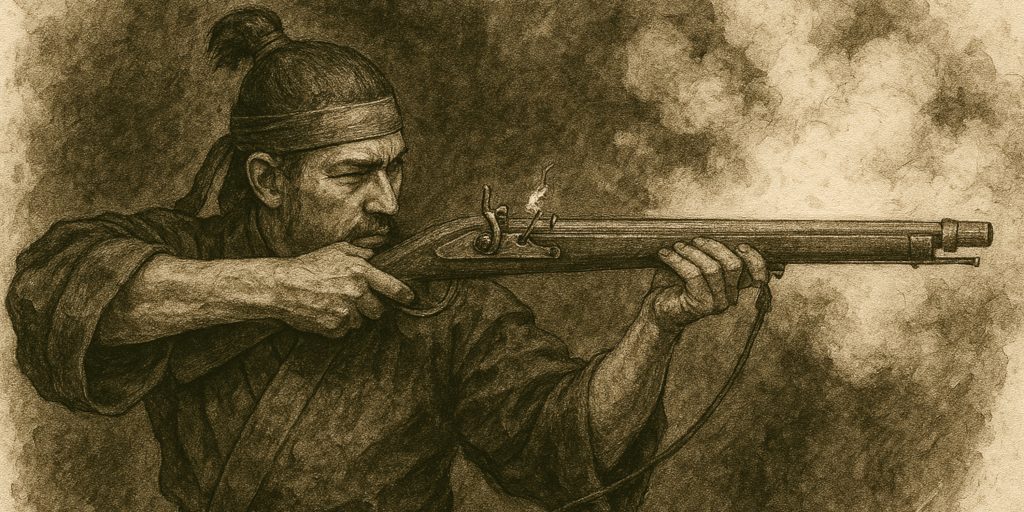
By the mid-16th century, European traders brought firearms to Japan. The tanegashima, or matchlock musket, changed everything.
- Introduced: Around 1543
- Calibre: 8–10 mm matchlock
- Effect: Pierced armour at medium range
Initially dismissed as dishonourable, the gun soon proved its worth. At the Battle of Nagashino (1575), Oda Nobunaga’s forces used volley fire to obliterate cavalry charges, signalling the twilight of traditional sword warfare. The samurai still revered the blade, but even they could not argue with the musket’s efficiency.
Honourable Mentions
- Tantō: A small dagger often used for close combat or ritual acts
- Kusarigama: A chain and sickle weapon capable of tripping and striking simultaneously
- Tessen: An iron fan, yes, a fan, used to parry blades or strike opponents during court disputes
The samurai arsenal was as varied as their code of conduct, and each weapon served a precise social and tactical purpose.
Legacy and Modern Perception
Today, the samurai’s weapons are revered not just as tools of war but as art forms. Their balance, polish, and steel layering still leave metallurgists speechless. Yet the romance of the katana often overshadows the practical reality, these were instruments of efficient killing, perfected over centuries of conflict.
To the modern eye, they symbolise an age when craftsmanship, skill, and fatal intent were inseparable. The samurai might have spoken of honour and duty, but the glint of their steel told a simpler story, survival through mastery.
Watch the documentary:


